Researching and writing my newest book has made it hard (UGH!) for me to teach with one source on a topic anymore. Anytime I plan a lesson with one informational source, I just want to know more about the topic of that source. And, if the topic is engaging (or we make it engaging), I know students do, too. So how do we do this on a regular basis? My BIGGEST TIP is to just start. Anytime you have one source you’re going to use, go ahead and find a second one. Once you see how kids’ eyes light up when they recognize a familiar topic and are able to contrast and integrate new information, you’ll be hooked on that, too.
A FEW SUGGESTIONS for the beginning of the year:
- Read aloud sets of trade books on the same topic. There are SO many good trade books on informational sources that can easily be read aloud. Remember, with some books you do not even have to read the whole book, you can read aloud parts.
- As you read aloud new books in the set, ask students to turn-and-talk in response to questions like, “What can you add to your learning?” With younger students keep track of learning by engaging in shared writing of facts. When students notice a fact that is in more than one source, circle that fact on the list.
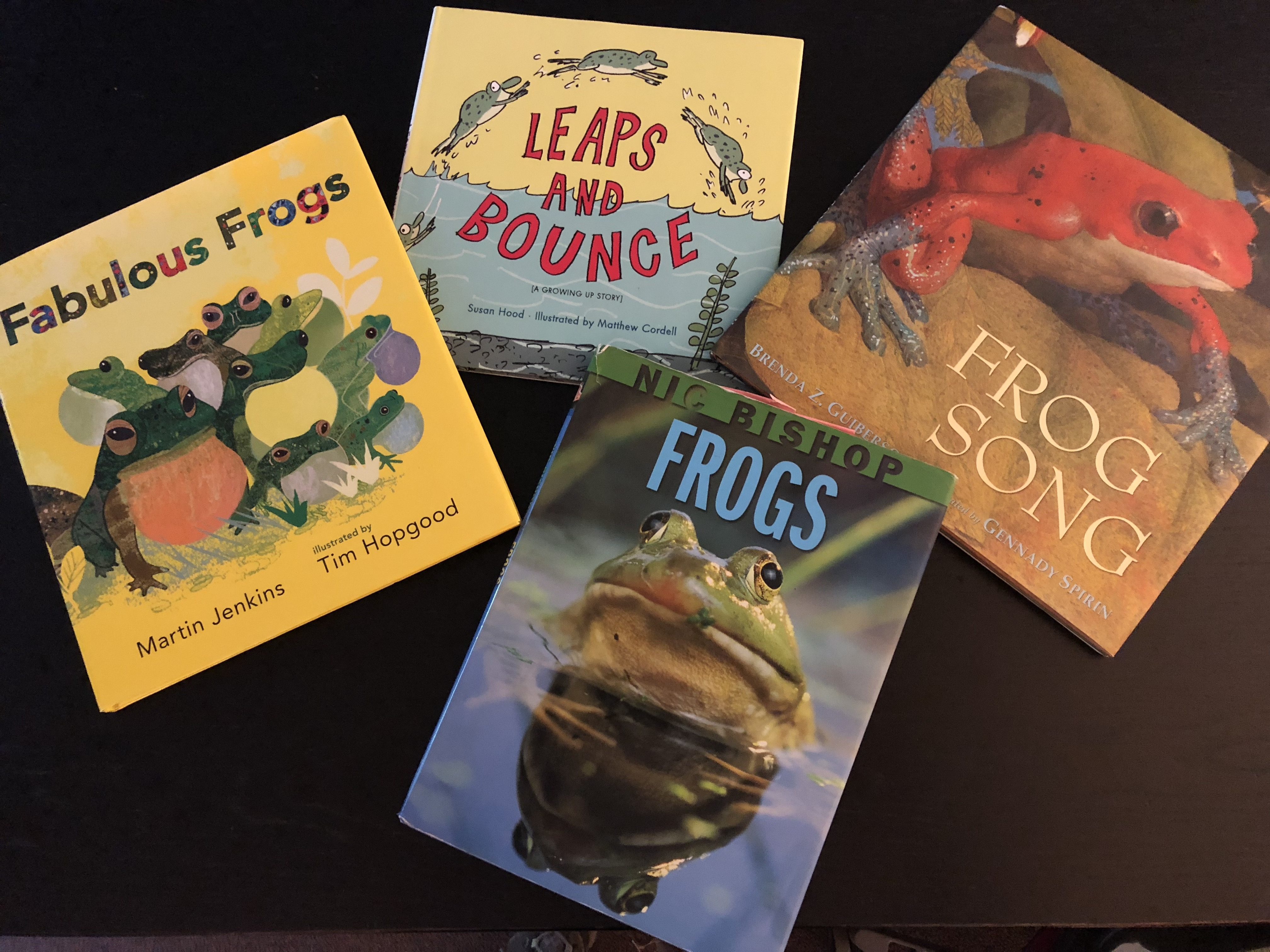
- Pursue deeper thinking across sources with thematic questions like, “How did this woman persevere, too?” and “How was this group also innovative?” There are some fantastic newer trade books out about women that you could easily read aloud to students (in grades k-8!!!!) or book talk and then leave in set in the classroom library for partners to read and discuss.
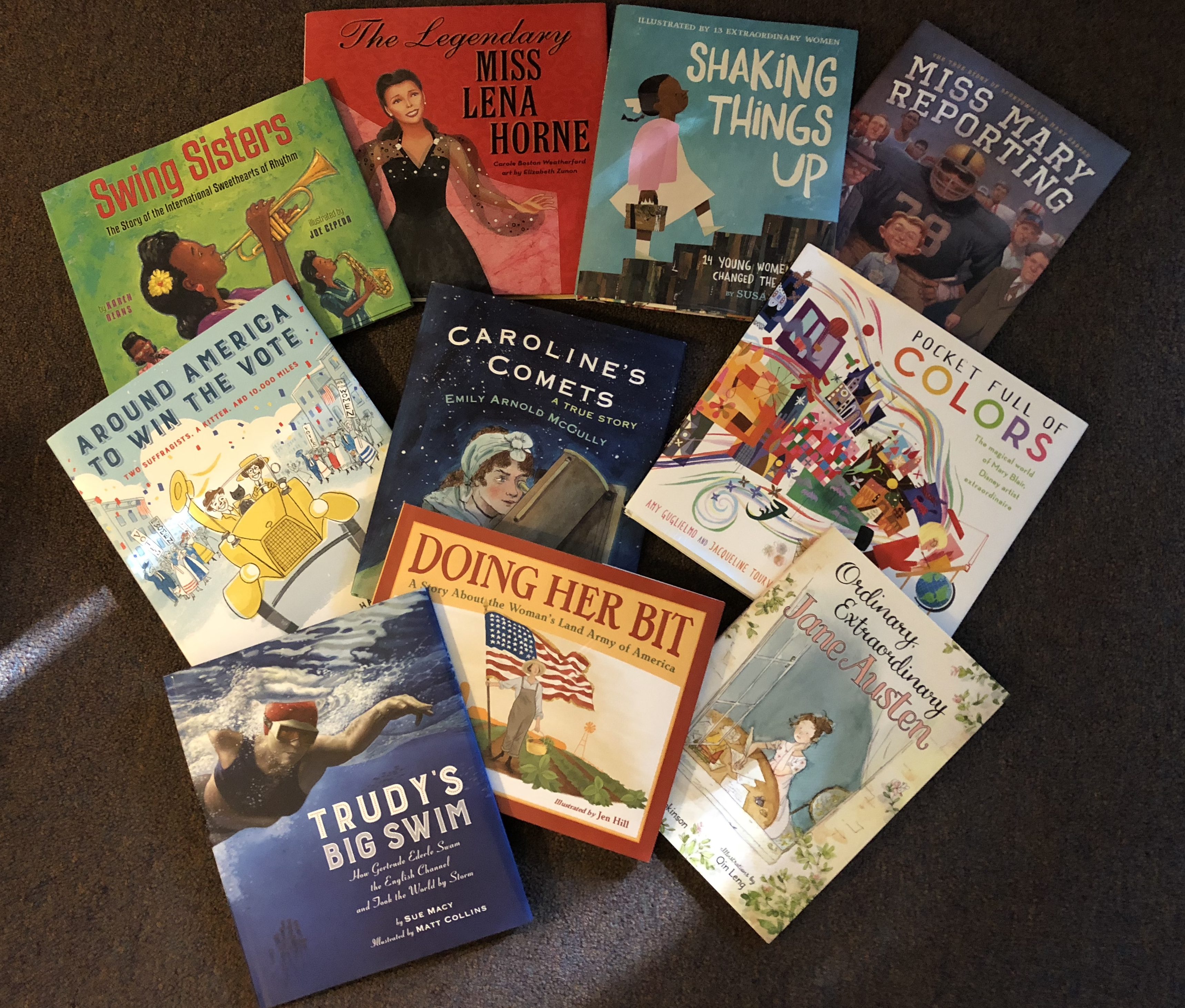
- Book talk “SETS” of books instead of single titles. Ask your librarians. They know what’s new and hot in nonfiction and (hopefully) can put together a great set for you.
- With older students, check out new articles on NEWSELA.com and then find one or more additional sources. For example, a few weeks ago, I noticed an article entitled, “Huge sea-life sculptures made from ocean’s plastic trash.” GREAT article that reveals how an artist is bringing awareness to the problem of trash in the oceans. I searched on the site for “trash in the ocean” and a second article popped up. Skimming it, I realized that students could easily “add to their understanding or learning” by reading this second article. Another option is to look for video links. On this particular topic, easy easy, right? Tons of options. Watch a few minutes with students, while they keep in mind the question, “What am I adding to my learning?” (For quick tips on vetting NEWSELA articles, see a blog entry I wrote.)
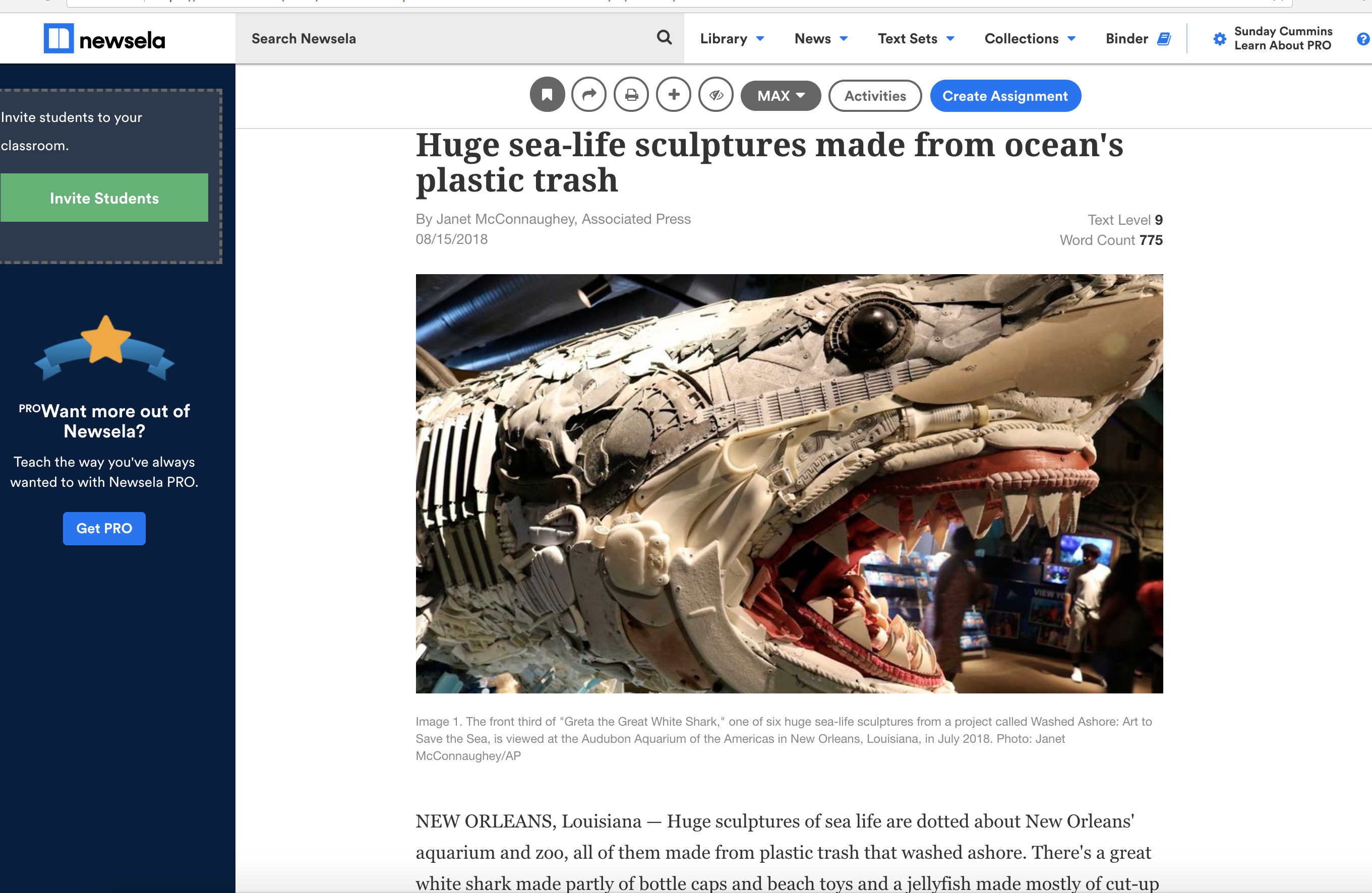
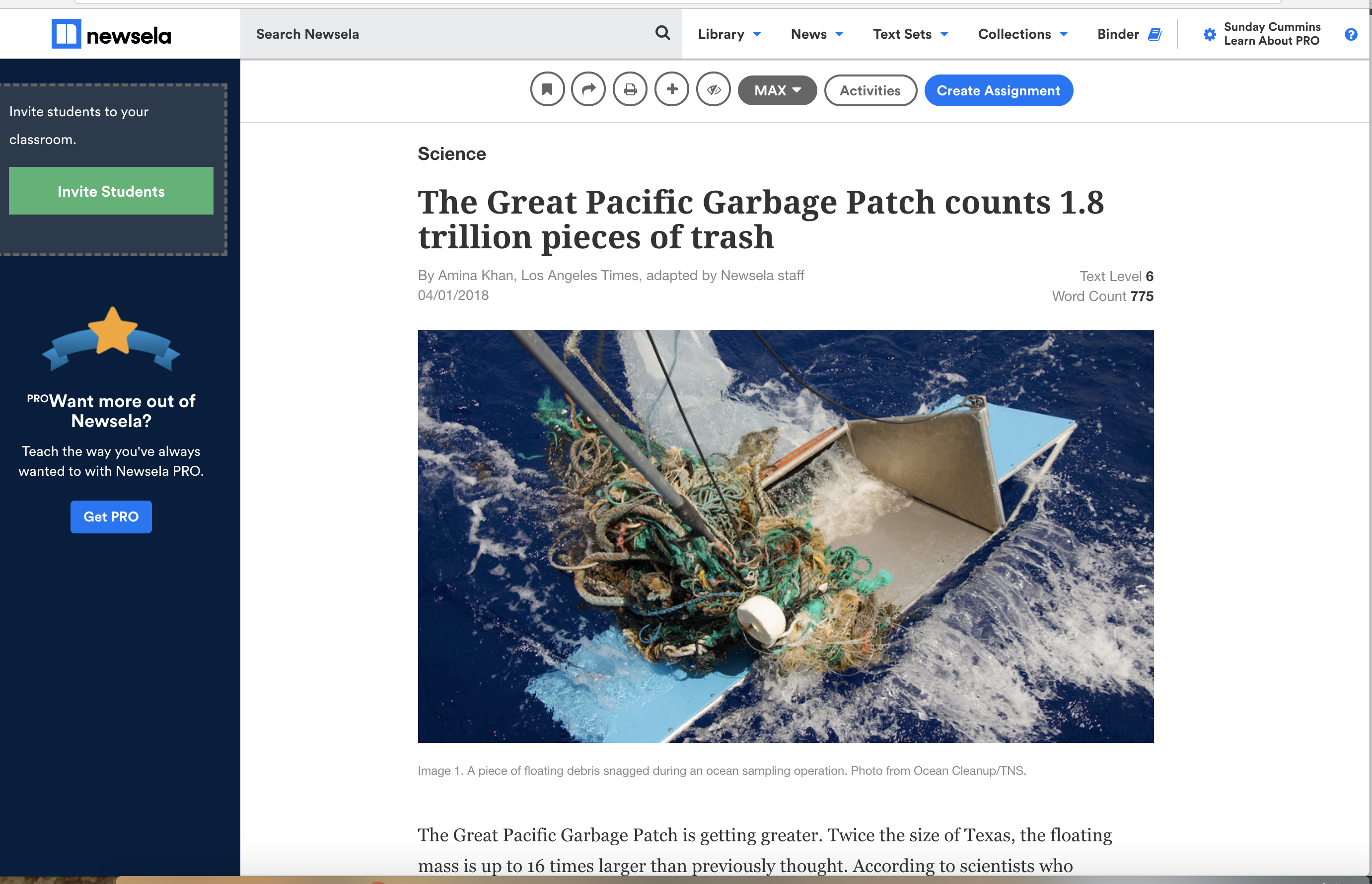
If you’d like more information, these ideas (including sample lessons) are explored further in my new book Nurturing Informed Thinking: Reading, Talking, and Writing Across Content-Area Sources (2018)
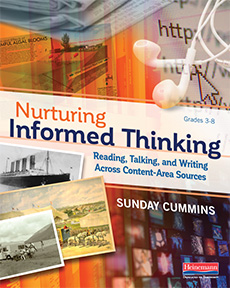
Okay. Hope this helps.
S
